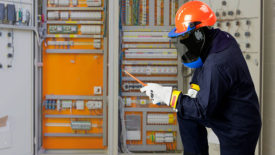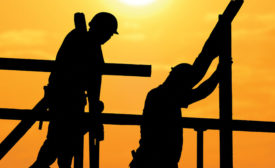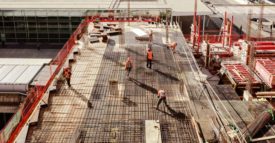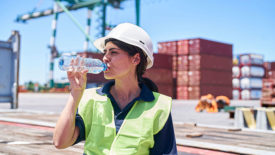Workplace Training Strategies
OSH talent can be hard to find
Read More
Cover Story
How to choose and maintain the best arc flash clothing for the job
August 15, 2022
Beyond the basics of heat protection
How to protect construction workers and create a specific action plan
July 28, 2022
Cover Story
8 steps to a winning heat safety plan
Together, 30 experts create actionable solutions to reduce injuries
July 12, 2022
Never miss the latest news and trends driving the safety industry
eNewsletter | Website | eMagazine
JOIN TODAYCopyright ©2024. All Rights Reserved BNP Media.
Design, CMS, Hosting & Web Development :: ePublishing











